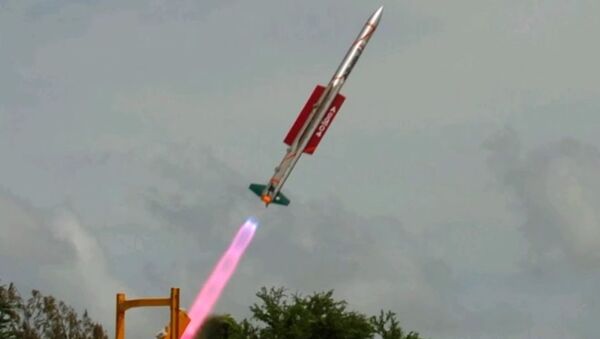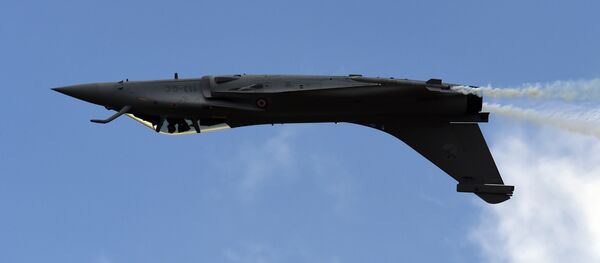New Delhi (Sputnik) − The Indian Air Force suffered a heart ache when its home-grown beyond-visual-range air-to-air missile (BVRAAM) failed to perform during a trial held in Balasore on Wednesday.
Sources said the 'Astra missile' exploded immediately after it was fired from an aircraft. The missile lost velocity within seconds and banked sharply downwards. It exploded on the eastern coast of Odisha. Astra is being developed by India's Defense Research and Development Organization (DRDO).
Indian scientists had informed the government in last week of November about their intention to soon test fire the indigenous BVRAAM so that commercial production could start quickly for fitment on MiG-29, Mirage-2000 and the indigenous Tejas.
The project has already been delayed for more than four years due to technological challenges and delay in availability of critical components.
Last December, scientists had successfully tried the Astra's ECCM (electronic counter-counter measure) features that counter the enemy's attempt to jam its operation. Scientists claim that the 60-km plus missile has high maneuverability and the capability to engage and destroy aerial targets at supersonic speeds.
An IAF Sukhoi-30 MKI had fired the Astra during the 'Iron Fist' fire-power demonstration in the deserts of Rajasthan this March.
Undeterred by the setback, DRDO scientists are also developing a more powerful BVRAAM Astra Mk 2 with a range of 100 km.



